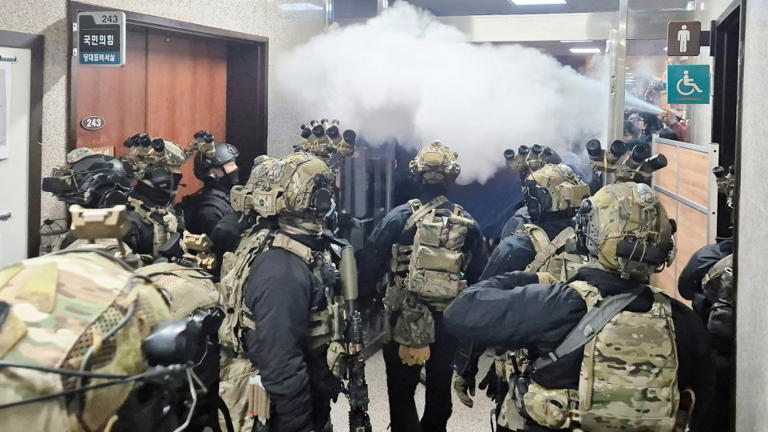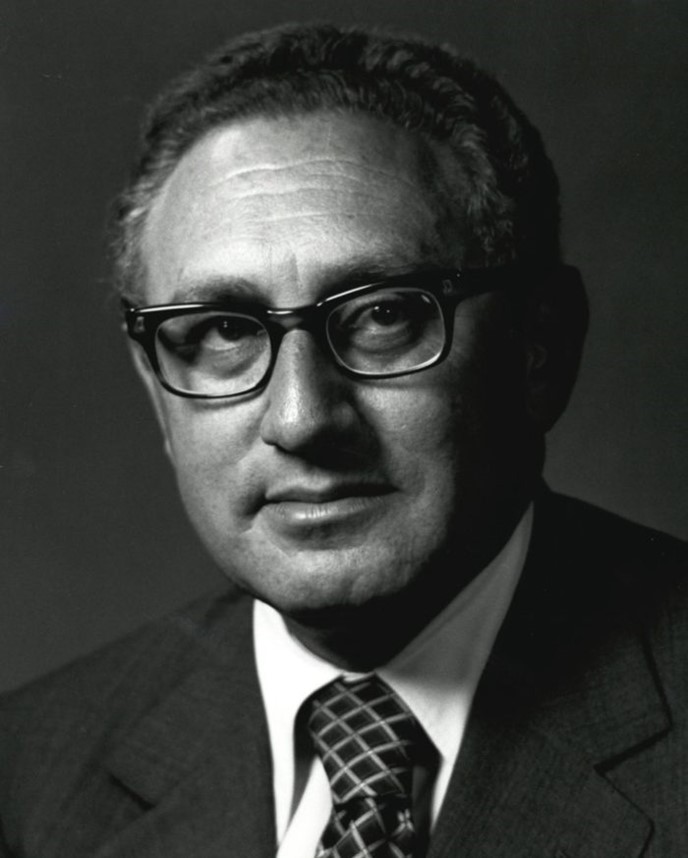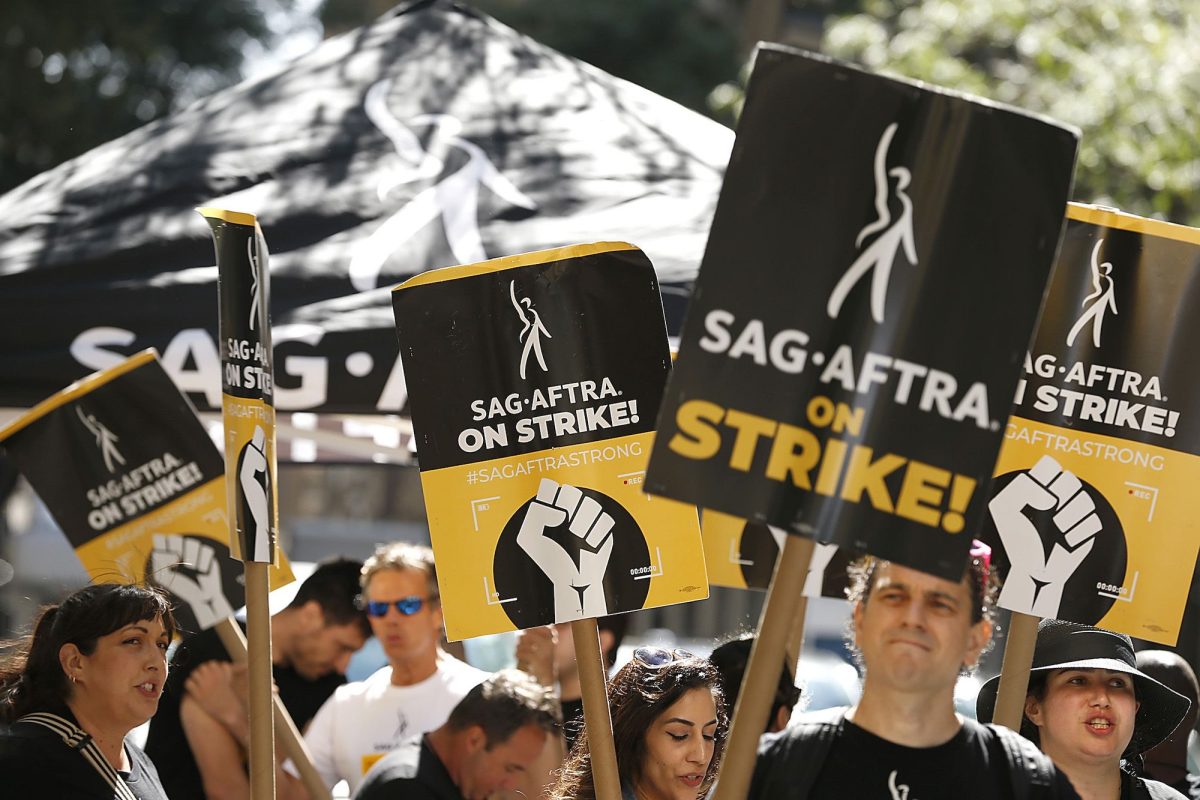A ceasefire recently reached between Hamas and Israel stopped a three-decade-long conflict that has been going on in the region. After weeks of extreme violence, which destroyed thousands of lives, the event is wonderful news, but the remaining question is whether it will last.
The ceasefire was facilitated largely due to Egypt’s diplomacy, with Qatar and the United States weighing in after several appeals from the international community. Essentially, the ceasefire calls for hostages/ prisoners of war from both sides to be released, the guns to be put down, and evacuations of those left without homes to be issued, and potential reconstruction of Gaza is to be discussed.
Unfortunately, as history often repeats, the record of ceasefires in the Israeli Palestinian conflict is very insubstantial. The usual course for ceasefires, between Israel and Palestine, has been temporary and fragile, due to political forces, military actions, and/ or provocative acts by any of the opposing sides. For example, previous instances of an attempted ceasefire quickly collapsed due to either the status of Jerusalem, blockade conditions relative to Gaza, or military provocations across the borders.
The problem of this conflict is its core, as the state of Israel is believed by many, to occupy the Palestinian territory. The war has been going on since the very establishment of Israel, since the country was placed on British territory that is believed to be predominantly ethnically Palestinian. Adding fire to the pit, the state of Israel was established as a Jewish country, in the Middle of predominantly Muslim Middle East, which is a historically conflicting situation.
Like any other, success or failure of this arrangement is heavily dependent on both Hamas and the Israeli government. Hamas, the political and military organization in control of Gaza, projects itself as the defender of Palestinian interests, particularly against what it sees as aggression by Israel, and the main reasoning behind Hamas’s attacks is to “liberate” their country, using very brutal actions by attempting to do so. However, if Hamas were to feel pressured by the Gaza population, or threatened by the West, it could well resort to attacks again.
Meanwhile, the Israeli government is facing right-wing pressure from the Likud party members and national security concerns, bound to retaliate, which also could be used as a premise that Hamas had violated the truce or had prepared for greater escalation.
It is the international community, the US, the EU, other Arab states, etc. who can see that this cease-fire is not unraveled, to help extricate the situation and end this bloody conflict
once and for all. For diplomatic pressure from either side, this requires an unending continuum of a cease-fire, and more importantly, for them to find and rid the world of the causes leading to the eruption of such conflict in the first place. Without a genuine and serious act on behalf of overcoming the humanitarian crisis in Gaza, of easing limitations concerning movement and trade, including the finding of a political solution regarding the status of Palestine, this cease-fire risks nothing but being only a Band-Aid on the far deeper wound.
The cease-fire is a necessary first step toward peace, but it is important to acknowledge that it is not a permanent solution; whether it will hold depends on the restraint of both sides, the influence of the international community to broker meaningful dialogue, and most importantly, whether there is a genuine commitment to peace on both sides. The ceasefire, as the world watches, may be the beginning of peace – something that should have been achieved long ago. However, history warns us that the road to peace remains long and uncertain.





